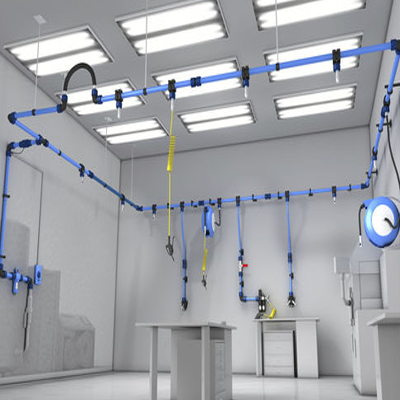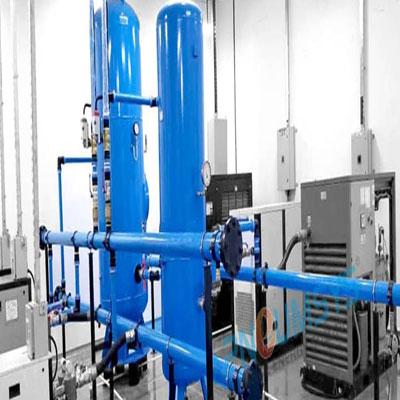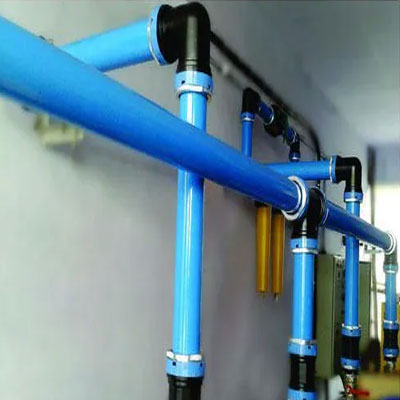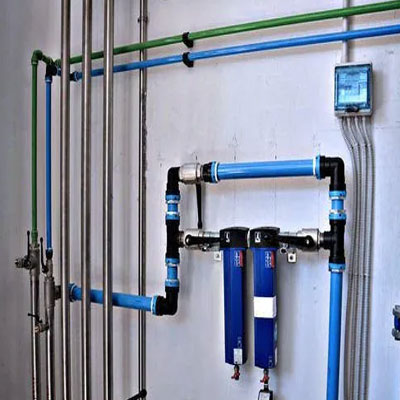

A compressed airline is an essential component in pneumatic systems, serving as the conduit for delivering compressed air from the air compressor to various pneumatic tools and equipment. It is crucial to ensure the selection of the right type and size of compressed airline to maintain optimal system performance.
Technical specifications for a compressed airline typically include the material, diameter, and maximum operating pressure. Common materials used for compressed airlines include copper, aluminum, and various types of plastic tubing. The diameter of the airline depends on the required flow rate and pressure drop considerations. It is important to select the appropriate diameter to prevent excessive pressure loss.
The maximum operating pressure of the compressed airline is determined by the air compressor's output pressure and the requirements of the pneumatic tools and equipment being used. It is crucial to ensure that the compressed airline can handle the maximum pressure without any risk of bursting or leakage. Other considerations for a compressed airline include the length and flexibility required for installation and system layout. Additionally, factors such as temperature resistance, compatibility with lubricants, and resistance to corrosion or abrasion may also be important depending on the specific application.
Overall, selecting the right compressed airline with suitable technical specifications is crucial for maintaining the efficiency, safety, and reliability of pneumatic systems.



